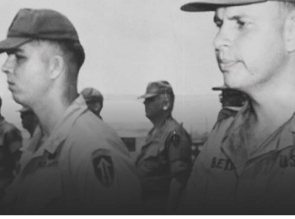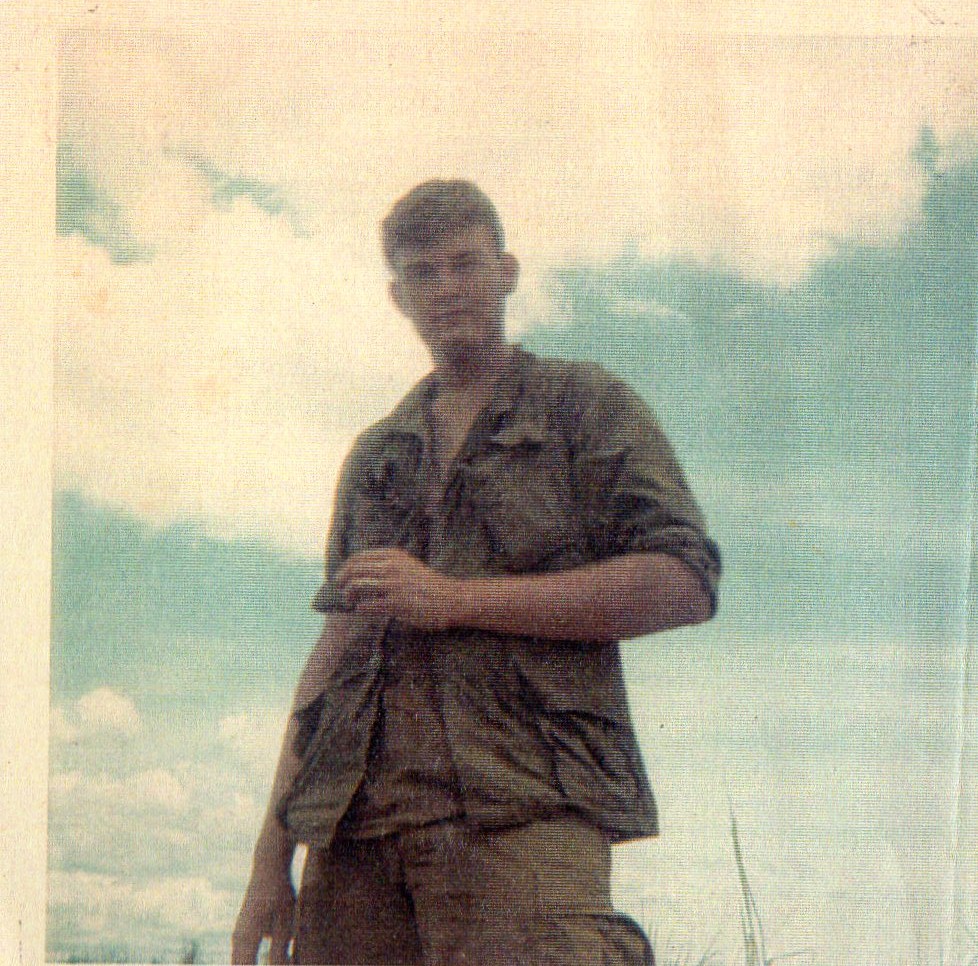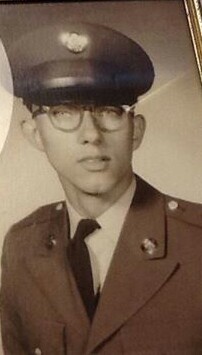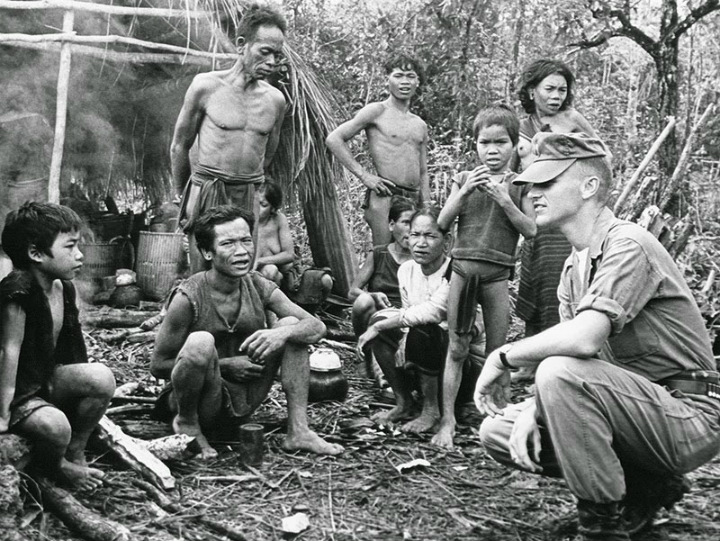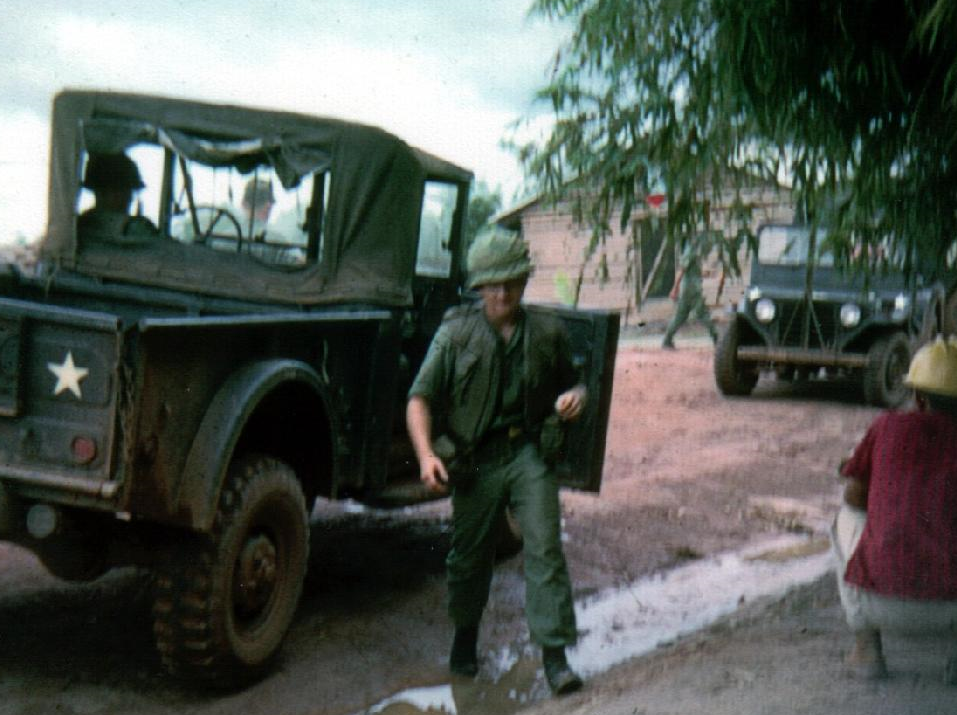Operation Parasol Switchback | SOG Vietnam | Operation Triumphus
Summary
Operation SWITCHBACK ordered the handover of clandestine operations from the CIA to the Military Assistance Command, Vietnam (MACV), the United States military’s command in South Vietnam, but the assassinations of Presidents Ngô Đình Diệm and Kennedy in 1963 delayed this procedure.
Story
During the Cold War, President John F. Kennedy recognized that the United States needed to advance a new “flexible response” mechanism to halt the expansion of communism. At first, the CIA headed the covert efforts, but after the failure of the Bahía de Cochinos (Bay of Pigs) Invasion in 1961, Kennedy invested the military with leading unconventional warfare against Communists in Southeast Asia. Operation SWITCHBACK ordered the handover of clandestine operations from the CIA to the Military Assistance Command, Vietnam (MACV), the United States military’s command in South Vietnam, but the assassinations of Presidents Ngô Đình Diệm and Kennedy in 1963 delayed this procedure. As a result, it was not until 24 January 1964 that the United States military formally created the Special Operations Group (SOG Vietnam) to plan and conduct covert operations in Southeast Asia. This outfit later changed its name to the Studies and Observation Group, yet retained the same acronym (SOG), in order to camouflage its mission as an academic study.
With a peak accompaniment of around 2,500 American and 7,000 Asian personnel, the Studies and Observation Group eventually grew to become the United States’ largest covert operation since the Office of Strategic Services (OSS) in World War II. American personnel came from the U.S. Army Green Berets, Navy SEALs, Marine Corps Force Reconnaissance, Air Force 90th Special Operations Wing, and civilians from the CIA, while ethnic Vietnamese, Montagnard, Laotian, Cambodian, Nung Chinese, and even a few Norwegians served in or detailed with SOG units. Secretary of Defense Robert McNamara designated SOG’s initial mission as OPLAN 34A, a series of maritime operations to interdict the Communists’ seaborne shipping of weapons and war materiel along the Vietnamese coast and to insert spies and commando teams inside North Vietnam. By 1965, the SOG operations extended to ambushing Communist forces travelling along the Hồ Chí Minh Trail in Laos and later Cambodia. These operations turned American and Asian anti-Communist forces into insurgents themselves, compelling thousands of Communist soldiers to remain in rear areas in order to protect lines of communication from Hà Nội to South Vietnam.
Additional SOG missions included the rescue of downed airmen, monitoring the location of American POWs, assassinations, kidnappings, booby trapping the Hồ Chí Minh Trail, intelligence collection, and the selection of bombing targets. Perhaps SOG’s most colorful mission was Operation KINGPIN, an unsuccessful raid on the Sơn Tây prison to free American POWs in 1970. Although intelligence failed to discover that the North Vietnamese had moved all American prisoners away from this prison prior to the raid, United States military personnel still gained control of a North Vietnamese military facility near Hà Nội and escaped by helicopter, while suffering only one wounded and one injured. Another clandestine mission performed by SOG’s Psychological Studies Group disseminated falsified evidence that the Sacred Sword of the Patriots League (SSPL), a made-up anti-Communist insurgent group, operated on a broad scale within the borders of North Vietnam. This project undoubtedly frightened the government in Hanoi, which devoted supplementary forces to internal security, but it was out-of-date in 1968 when the Johnson Administration chose to deescalate the war in favor of negotiations.

Statistics on SOG casualties remain classified, but the Department of Defense conceded in 1973 that 81 servicemen had been killed in Laos and Cambodia since military operations in these countries commenced in 1965. Historians, however, believe the number of Americans killed during SOG missions likely exceeded 300. During the Vietnam War, six SOG personnel were awarded the Congressional Medal of Honor and numerous others received their branches’ highest commendations, but many of these operators exploits remained unknown due to the classified nature of the missions.
Military historians largely hold positive views of SOG’s performance during the Vietnam War. Created according to President Kennedy’s vision for a military force proficient at delivering the “flexible response” to Communist aggression in the Cold War-era Third World, some authors argue SOG’s tactics were much more suitable for the Vietnam War than the large-scale, conventional operations preferred by General William Westmoreland. Contrary to negative press reports that mischaracterized SOG units as operating without political oversight, scholars have found that the Kennedy, Johnson, and Nixon Administrations carefully controlled and supervised these units and their missions; in fact, it was the generals and admirals of the Joint Chiefs of Staff who felt most threatened by unconventional warfare. Scholars fault military leaders for reducing funding for unconventional warfare following the Vietnam War, when service in the special forces became a hindrance for the careers of many talented American servicemen. Because small groups of highly skilled and driven soldiers cannot deliver victory in war by themselves and special operations work best as a supplement to conventional military operations, scholars usually concede that more clandestine missions would not have guaranteed a military victory in the Vietnam War. Some SOG missions even failed spectacularly. During the war, SOG operatives implanted as many as 500 undercover agents into North Vietnam. The Communists captured, killed, or turned into double agents nearly all of these spies. Still, despite the impediments, SOG’s performance in Vietnam won special forces and unconventional warfare an integral place within the United States military’s structure and doctrine.1

1See: Andrew F. Krepinevich, Jr. The Army and Vietnam (Baltimore: The Johns Hopkins University Press, 1986), 69-80; 258-76; Edwin E. Moise, Tonkin Gulf and the Escalation of the Vietnam War (Chapel Hill: University of North Carolina Press, 1996), 7-8, 13, 253-56; John Plaster, SOG: The Secret Wars of America’s Commandos in Vietnam (New York: Simon and Schuster, 1997), 19-28; Richard H. Schutz, The Secret War Against Hanoi: Kennedy’s and Johnson’s Use of Spies, Saboteurs, and Covert Warriors in North Vietnam (New York: HarperCollins, 1999), xi-xvii, 128-173, 307-331; Spencer C. Tucker, ed., The Encyclopedia of the Vietnam War, 2nd Ed. (Santa Barbara: ABC-CLIO, 2011), 864, 1074.






